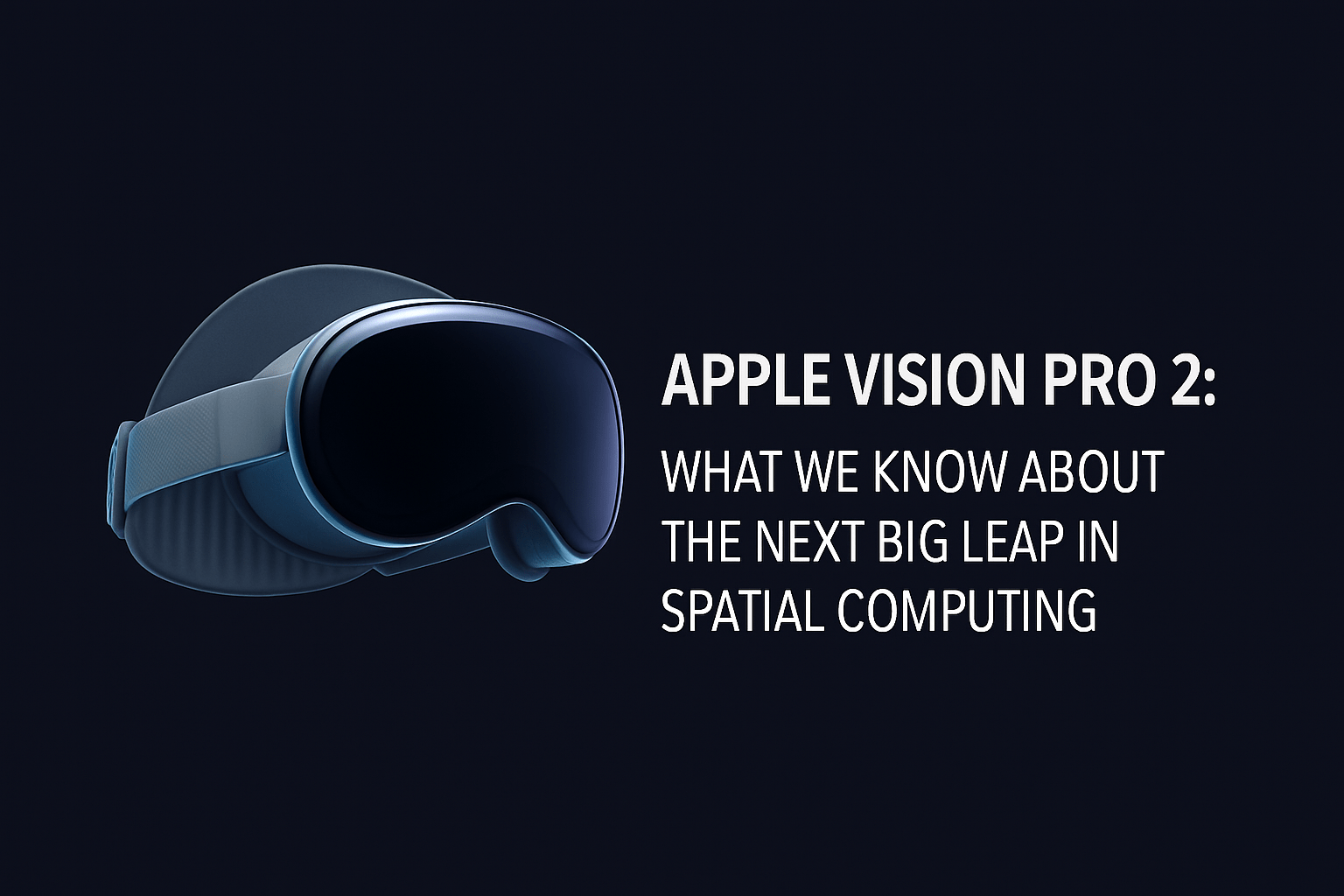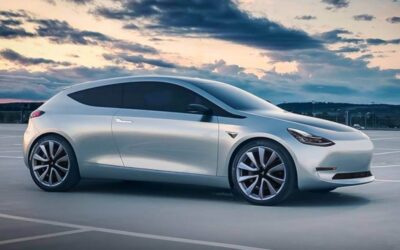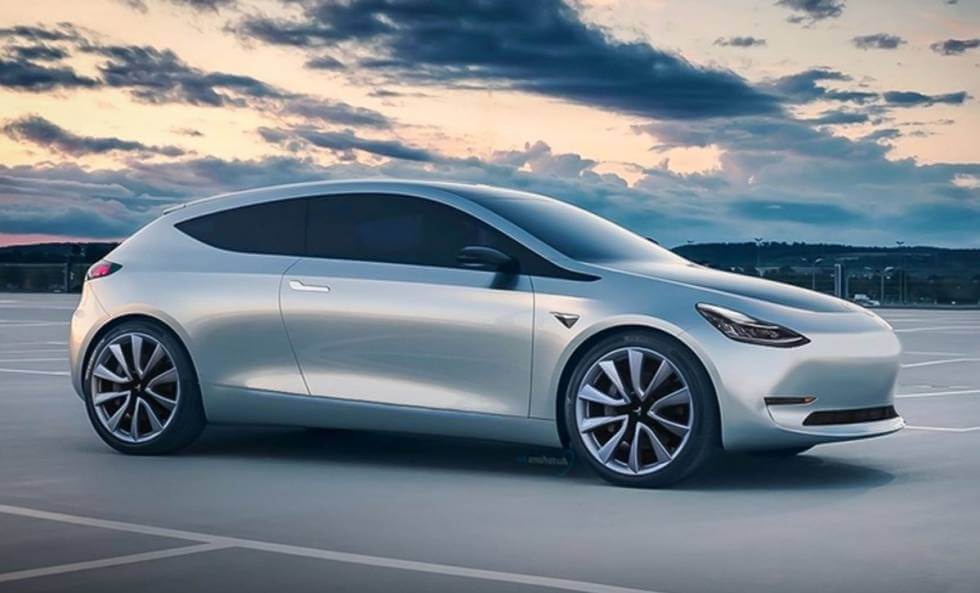Apple Vision Pro 2: What We Know About the Next Big Leap in Spatial Computing

The Next Chapter in Mixed Reality
When Apple released the Vision Pro in 2024, it wasn’t just a new product — it was Apple’s bold entry into spatial computing. Despite its premium $3,499 price tag, the device turned heads for its cutting-edge mixed reality capabilities.
Now, rumors and leaks are pointing toward the Apple Vision Pro 2, expected to launch in late 2025 or early 2026. Apple appears to be refining its formula: sleeker hardware, better battery life, and an even more immersive app experience.
Let’s break down everything we know — and what’s likely — about Apple’s next leap in mixed reality.
Why the Vision Pro 2 Matters
The first Vision Pro proved that mixed reality could be more than a niche gaming gadget. It became a tool for:
- Virtual office work
- Spatial video editing
- 3D entertainment experiences
- Educational simulations
However, early adopters had two major complaints: weight and battery life. Apple seems to have taken the feedback seriously.
Rumored Key Features
1. Lighter, More Comfortable Design
The Vision Pro 2 is rumored to be 15–20% lighter than the original. Apple is reportedly using new carbon fiber composite materials to reduce strain during extended wear.
2. Longer Battery Life
Battery packs for the first Vision Pro lasted about 2–3 hours. The new model could push that to 5–6 hours, thanks to more efficient M3-series chips and improved thermal management.
3. Wider Field of View
Expect a 10–15% increase in field of view for more immersive experiences without losing Apple’s sharp visual quality.
4. EyeSight 2.0
Apple’s outward-facing display, which lets people see your eyes, will reportedly have higher contrast and better color accuracy for more natural interactions.
5. Advanced Hand Tracking
Machine learning improvements should allow for more precise hand and finger recognition, enabling detailed virtual object manipulation without controllers.
Performance Upgrades
Apple M3 Ultra Chipset
While the original Vision Pro used the M2 chip, the Vision Pro 2 may debut with a custom M3 Ultra designed specifically for spatial computing. This could bring:
- Smoother multi-app multitasking
- Lower power consumption
- Better graphics rendering for 3D environments
Upgraded Displays
Apple might use Micro-OLED panels with higher pixel density and improved brightness, making virtual environments sharper and more realistic.
Software & App Ecosystem
VisionOS 2.0
The Vision Pro 2 is expected to launch with VisionOS 2.0, featuring:
- New collaborative workspace tools
- Better integration with macOS and iOS
- Expanded library of spatial apps
More Third-Party Apps
Apple has been courting developers aggressively. By the time Vision Pro 2 launches, expect a far richer selection of entertainment, productivity, and creativity apps.
Price: Will It Be Cheaper?
Apple’s biggest challenge is accessibility. While rumors suggest the Vision Pro 2 will still be a premium product, some analysts believe Apple might introduce a non-Pro “Vision” model priced around $1,500–$2,000 alongside the Pro model.
The Pro version is likely to remain in the $3,000–$3,500 range.
Competition in the Mixed Reality Space
Since the first Vision Pro, companies like Meta, Samsung, and Sony have all ramped up their AR/VR efforts. However, Apple’s hardware-software integration gives it a major edge, especially for professionals and creative users.
If Vision Pro 2 delivers significant battery, comfort, and software upgrades, it could cement Apple as the leader in mixed reality for years.
Release Date & Availability
Based on Apple’s development cycles and manufacturing schedules, the Vision Pro 2 will likely be announced in September 2025 and released in early 2026. Initial markets will likely be the U.S., U.K., Canada, and select parts of Europe and Asia before a global rollout.
What It Means for the Future of Computing
The Vision Pro 2 isn’t just a new headset — it’s part of Apple’s long-term vision for replacing traditional monitors and devices. With better battery life, more comfort, and a growing app ecosystem, it’s inching closer to being a true laptop replacement for certain users.
Final Thoughts
The Apple Vision Pro 2 could be the moment mixed reality truly goes mainstream — not in terms of mass affordability yet, but in practical usability. If Apple can solve the comfort and battery problems while expanding the software ecosystem, the Vision Pro 2 will not just be an upgrade — it will be a milestone in computing history.











